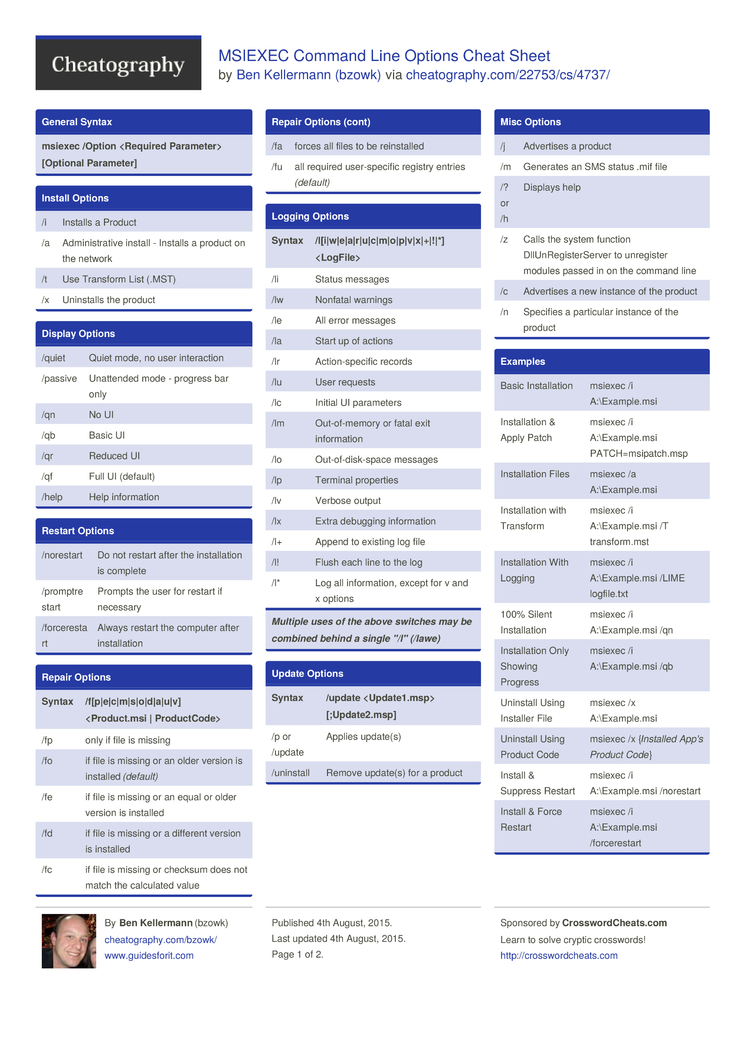

- COMMAND LINE TOOLS FOR XCODE FOR MAC 10.12.6 FOR MAC OS
- COMMAND LINE TOOLS FOR XCODE FOR MAC 10.12.6 INSTALL
- COMMAND LINE TOOLS FOR XCODE FOR MAC 10.12.6 CODE
COMMAND LINE TOOLS FOR XCODE FOR MAC 10.12.6 FOR MAC OS
COMMAND LINE TOOLS FOR XCODE FOR MAC 10.12.6 CODE
I can confirm the code above segfaults for me as well. System info, macOS Sierra (10.12.6) $ xcodebuild -versionīuild version 9C40b $ xcode-select -versionĭarwin Roberts-iMac.local 16.7.0 Darwin Kernel Version 16.7.0: Thu Jun 15 17:36: root:xnu-3789.70.16~2/RELEASE_X86_64 x86_64 $ pip list | grep -E "scipy|numpy"
COMMAND LINE TOOLS FOR XCODE FOR MAC 10.12.6 INSTALL
I am unable to install my full development stack because pip automatically upgrades scipy due to another packages How do I make a Qhull trace log? Where does option ‘T4fz’ go?įor now I can make a minimal virtual environment and get the job done with: python3 -m venv myenv/ When I downgrade to scipy 1.1.0 I do not get it (as others have suggested). I am seeing a similar segmentation fault calling convex hull on macOS Sierra (10.12.6). Reply to this email directly, it on GitHub, or. You are receiving this because you were mentioned. How do I make a Qhull trace log? Where does option ‘T4fz’ go?įor now I can make a minimal virtual environment and get the job done with:ĭarwin Roberts-iMac.local 16.7.0 Darwin Kernel Version 16.7.0: Thu Jun 15 17:36: root:xnu-3789.70.16~2/RELEASE_X86_64 x86_64 I am unable to install my full development stack because pip automatically upgrades scipy due to another packages requirement. Options in the same group may be appended together (e.g., ‘T’ for trace). Option ‘Tz’ redirects stderr output to stdout (e.g., the trace messages). Option ‘Tf’ flushes the output after every message (needed for segfaults). It should produce a full trace to stdout. Whatever those options are, append the string (leading space) " T4fz". For example, option “o” produces the input points and facets of the convex hull. The Qhull interface should provide a way to define the options used to run Qhull. You will need to review the scipy interface to Qhull. I had a similar problem when using functions from scipy.spatial and downgrading scipy fixed it for me. The call is successful for scipy=1.1.0, but not for scipy=1.2.0 and later. However, it seems the issue was somehow introduced between scipy=1.1.0 and scipy=1.2.0. Running the same code as the original poster, I get a Segmentation Fault with scipy=1.3.0. Just to add another confirmation of this issue.

Sorry, I’m not too versed in OSX, so maybe somebody else can take it from here 😕 The command "python run_segfaulter.py" failed and exited with 139 during. Users/travis/.travis/job_stages: line 104: 81648 Segmentation fault: 11 python run_segfaulter.py

You can see a build that calls a short script: Scikit-image is hitting a segfault using ConvexHull with modern versions of scipy on OSX.


 0 kommentar(er)
0 kommentar(er)
